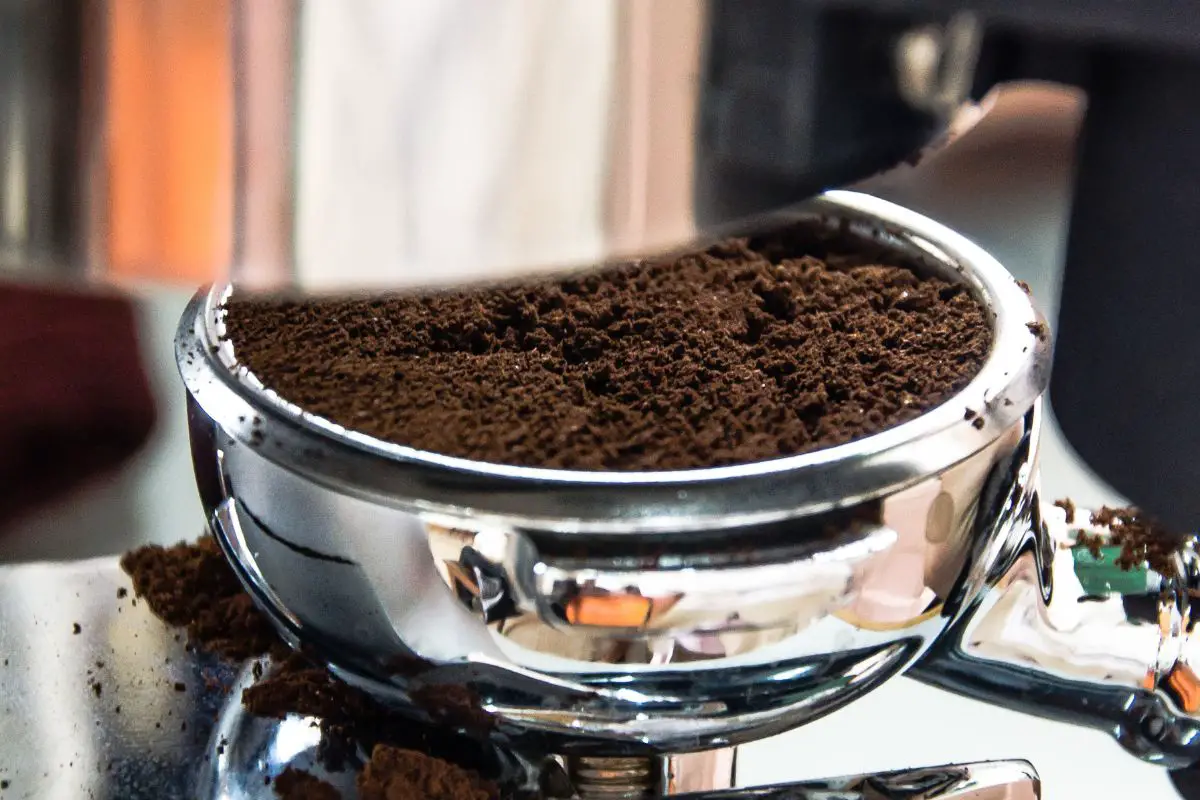Table of Contents
*This post may contain affiliate links. As an Amazon Associate we earn from qualifying purchases.
Espresso is one of the most beloved coffee drinks in the world, but not all coffee can be used for espresso. In fact, there are many factors that contribute to a great shot of espresso, including the type of coffee used, the roast profile, and the grind size. This begs the question, can any coffee be used for espresso?
The answer is no, not all coffee can be used for espresso. However, understanding the requirements for a great shot of espresso can help you choose the right coffee for your needs. In this blog post, we will explore what makes a good espresso coffee, the factors that affect espresso flavor, the best coffee beans for espresso, and much more.
What Makes a Good Espresso Coffee?
There are several factors that contribute to a great shot of espresso, including freshness, roast profile, grind size, and the type of beans used. Let’s take a closer look at each of these factors.
Freshness: The first and perhaps most important factor in making a great shot of espresso is freshness. Espresso is a type of coffee that is brewed quickly, and therefore it is important to use freshly roasted coffee beans that have been stored properly. If you use old or stale coffee beans, the flavor will not be as rich or robust, and you will not get the same level of crema (the creamy foam that sits on top of a shot of espresso).
Roast Profile: The roast profile of your coffee beans is also an important factor in making a great shot of espresso. A dark roast will have a stronger, bolder flavor, while a lighter roast will have a more delicate, nuanced flavor. When it comes to espresso, a medium or dark roast is usually best, as these roasts have a bold flavor that can stand up to the pressure of the espresso machine.
Grind Size: The grind size of your coffee beans is also an important factor in making a great shot of espresso. Espresso requires a fine grind, as this will help to extract the full flavor of the coffee and create a rich, creamy shot. If your grind is too coarse, the water will pass through the coffee too quickly, resulting in a weak, watery shot of espresso.
Arabica vs. Robusta Beans: The type of beans used for espresso is also important. Arabica beans are known for their delicate, nuanced flavor, while Robusta beans have a stronger, bolder flavor. When it comes to espresso, a blend of both Arabica and Robusta beans is often used, as this provides a good balance of flavor and crema.
Factors Affecting Espresso Flavor:
In addition to the type of coffee used, there are several other factors that can affect the flavor of your espresso, including brew time, tamping pressure, water temperature, and the bean to water ratio. Let’s take a closer look at each of these factors.
Brew Time: The brew time for a shot of espresso is typically only 20-30 seconds. This means that the water is in contact with the coffee for a very short period of time, and therefore it is important to use a high-quality coffee that has been freshly roasted and ground.
Tamping Pressure: Tamping pressure is also important in making a great shot of espresso. Tamping is the process of compacting the ground coffee in the portafilter of the espresso machine. If the tamping pressure is too high or too low, the shot of espresso will not be balanced, and the flavor will be affected.
Water Temperature: Water temperature is another important factor in making a great shot of espresso. The water temperature should be around 200°F, as this is the temperature at which the full flavor of the coffee will be extracted. If the water temperature is too low, the shot will be weak and watery, while if it is too high, the shot will be bitter and over-extracted.
Bean to Water Ratio: Finally, the bean to water ratio is also important in making a great shot of espresso. Typically, a shot of espresso uses 7-9 grams of coffee and produces around 1-1.5 ounces of liquid. If you use too much coffee, the shot will be too strong and bitter, while if you use too little, the shot will be weak and watery.
Best Coffee Beans for Espresso:
Now that you understand the factors that contribute to a great shot of espresso, let’s take a look at some of the best coffee beans for espresso.
- Lavazza Super Crema Espresso: Lavazza Super Crema Espresso is a blend of Arabica and Robusta beans that is known for its rich, creamy flavor and smooth, balanced finish. This coffee is a great choice for those who are looking for a classic espresso flavor.
- Death Wish Coffee: Death Wish Coffee is a strong, bold coffee that is known for its high caffeine content. This coffee is a great choice for those who are looking for a pick-me-up, and it is sure to provide a bold and flavorful shot of espresso.
- Peet’s Coffee Major Dickinson’s Blend: Peet’s Coffee Major Dickinson’s Blend is a blend of Arabica and Robusta beans that is known for its rich, chocolatey flavor and smooth, balanced finish. This coffee is a great choice for those who are looking for a smooth and flavorful shot of espresso.
- Intelligentsia Black Cat Espresso: Intelligentsia Black Cat Espresso is a single-origin coffee that is known for its rich, chocolatey flavor and smooth, balanced finish. This coffee is a great choice for those who are looking for a smooth and flavorful shot of espresso, and it is sure to provide a unique and delicious flavor experience.
In conclusion, not all coffee can be used for espresso, but understanding the factors that contribute to a great shot of espresso can help you choose the right coffee for your needs. Whether you prefer a classic espresso flavor, a bold and flavorful shot, or a smooth and balanced finish, there is a coffee out there that is perfect for you. So, the next time you are in the market for a great shot of espresso, keep these factors in mind and choose the right coffee for your needs.

